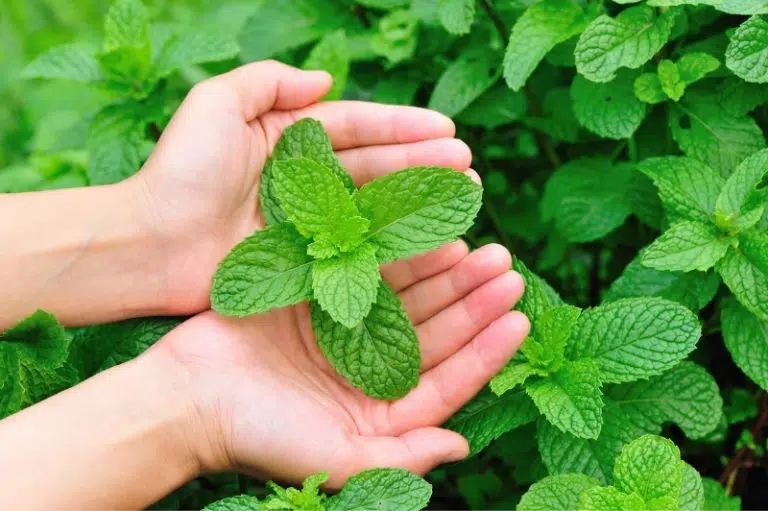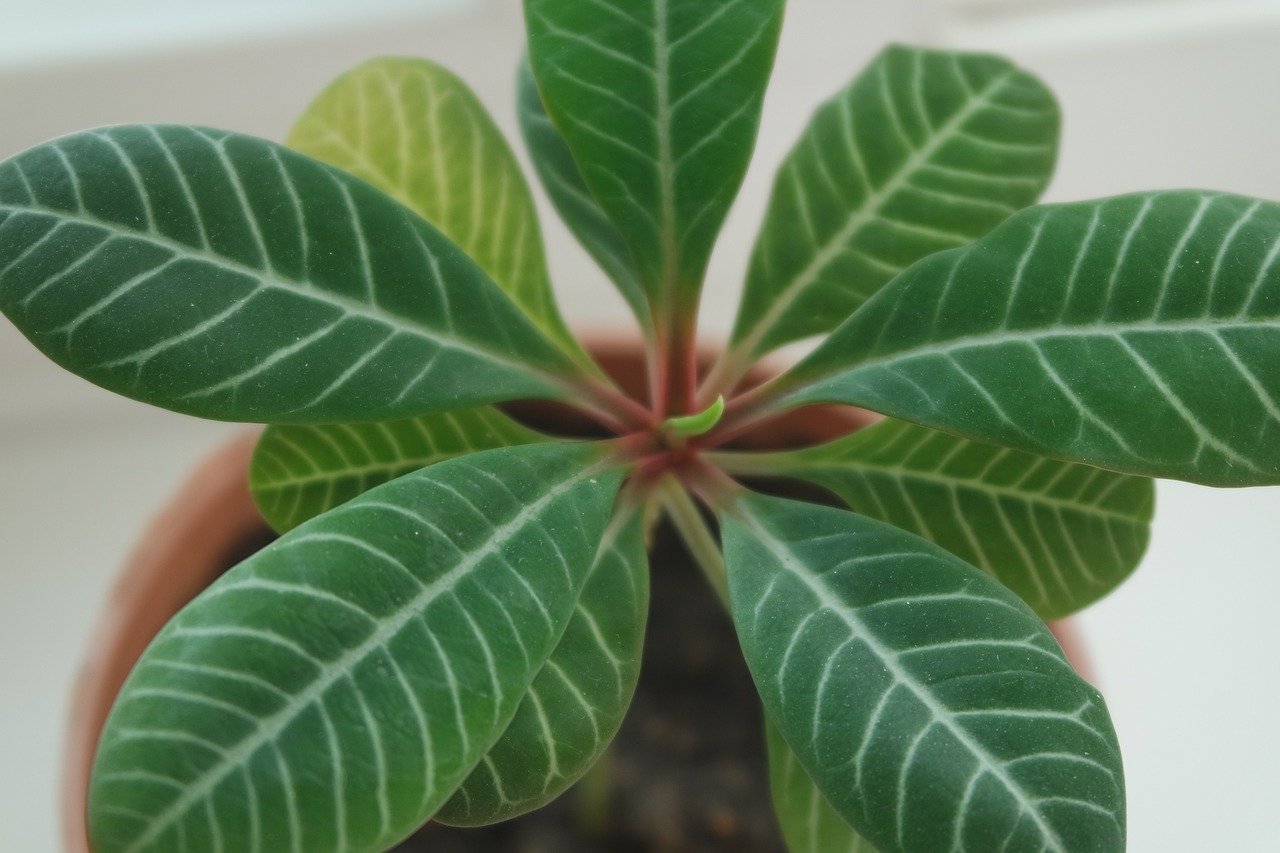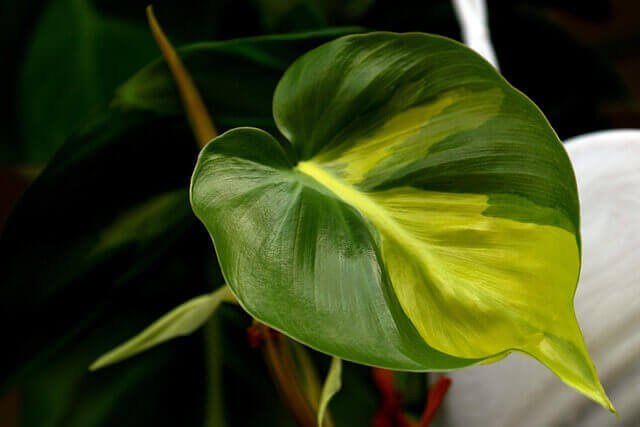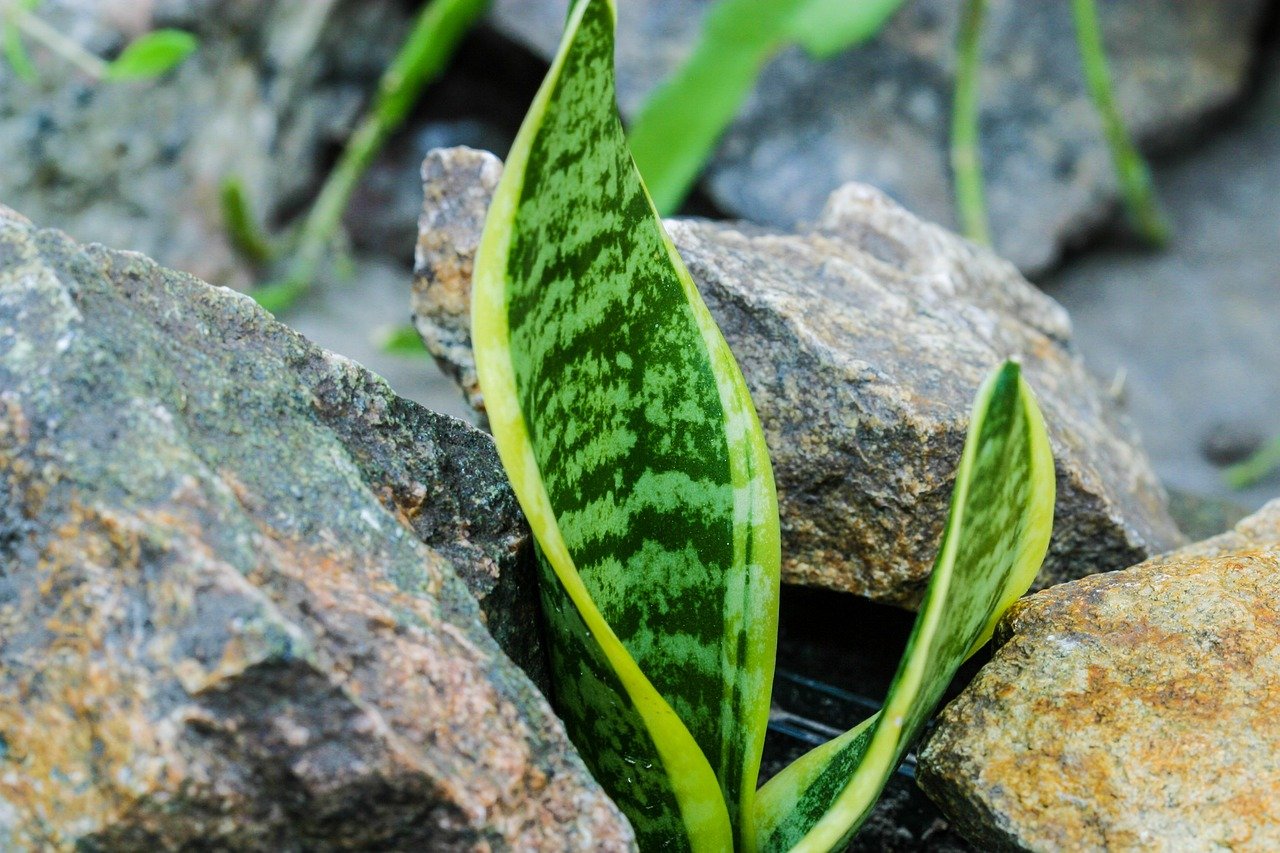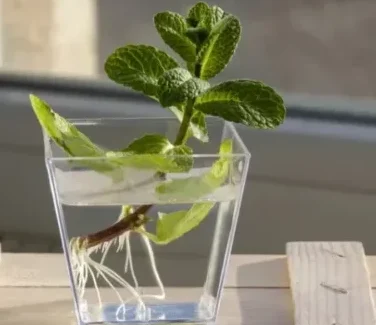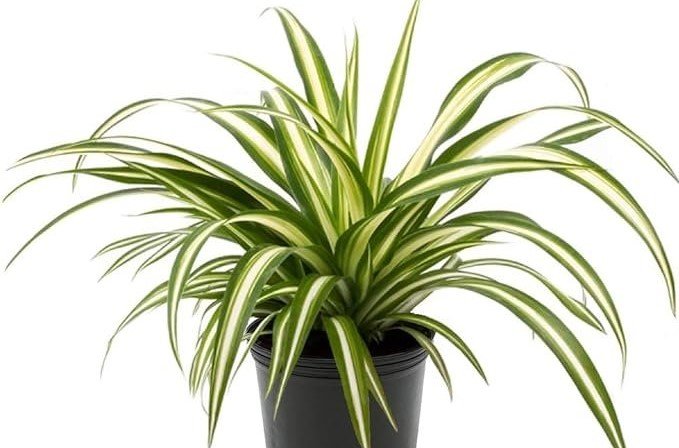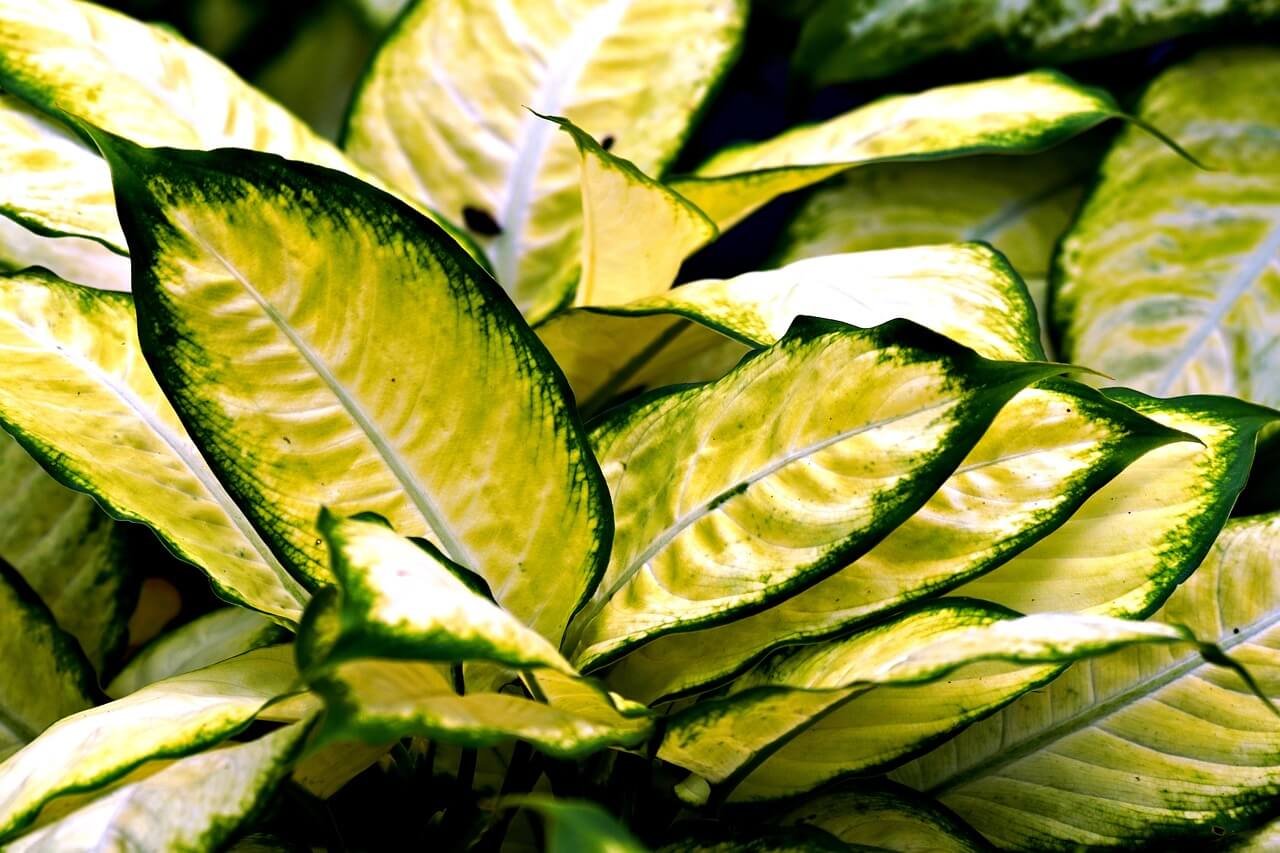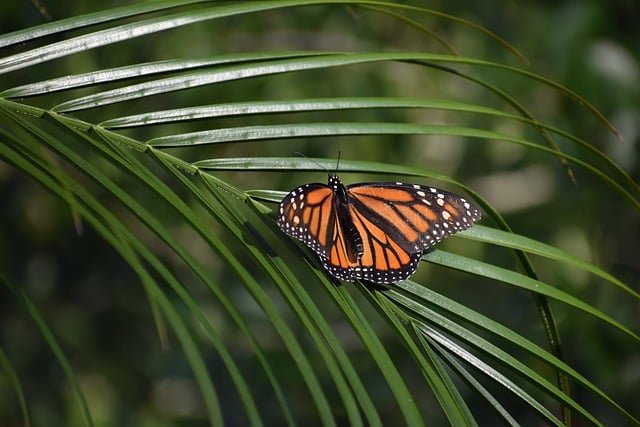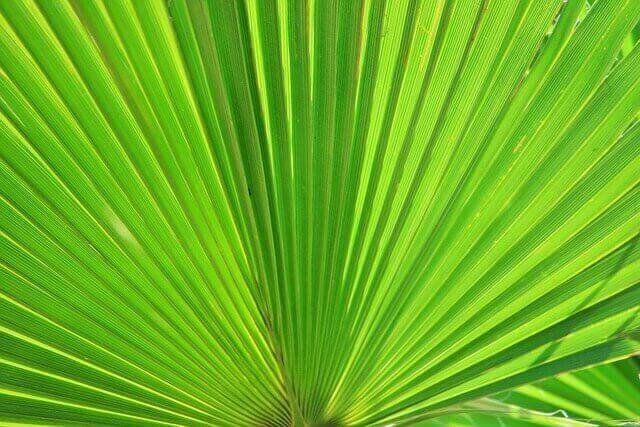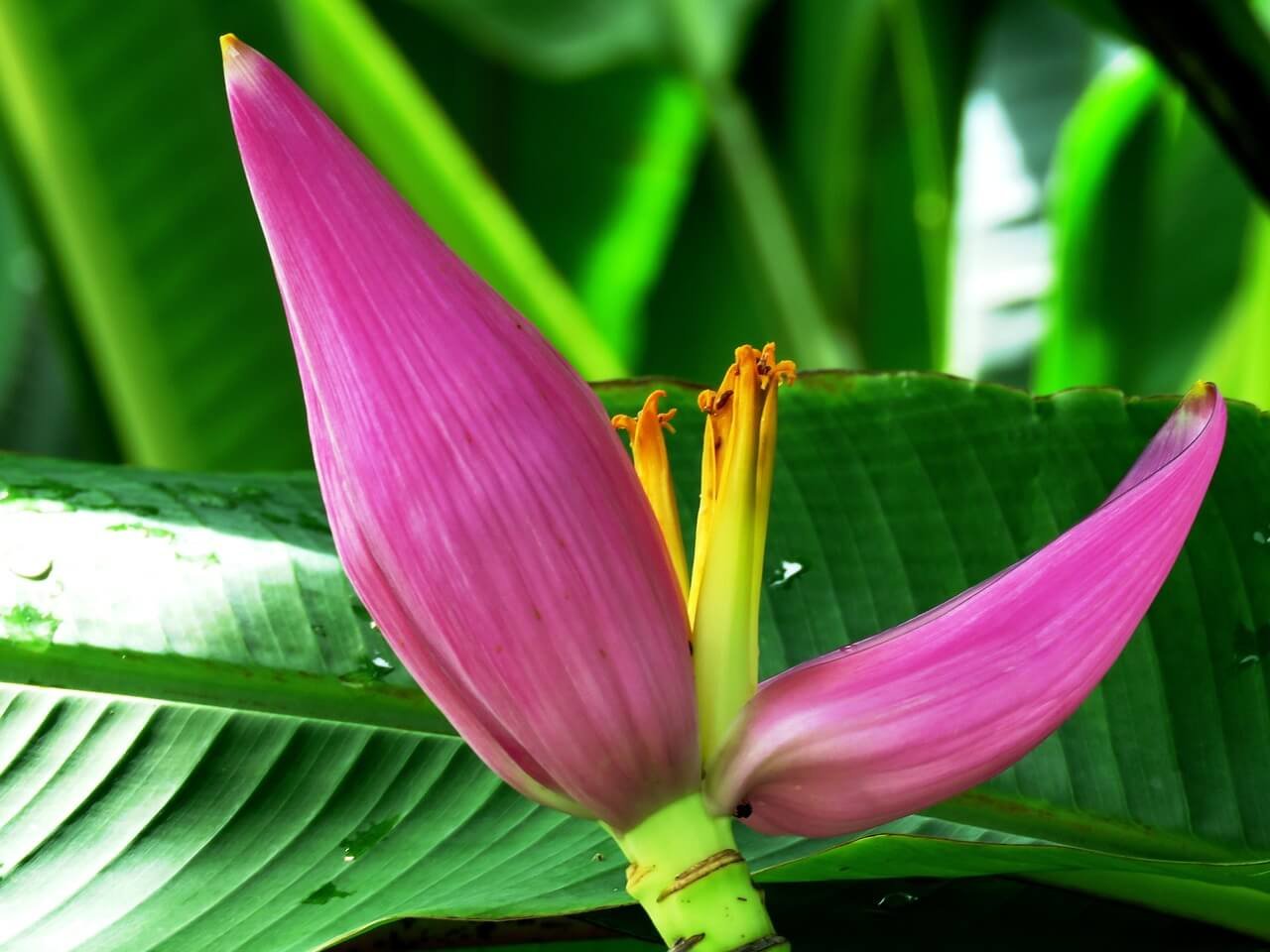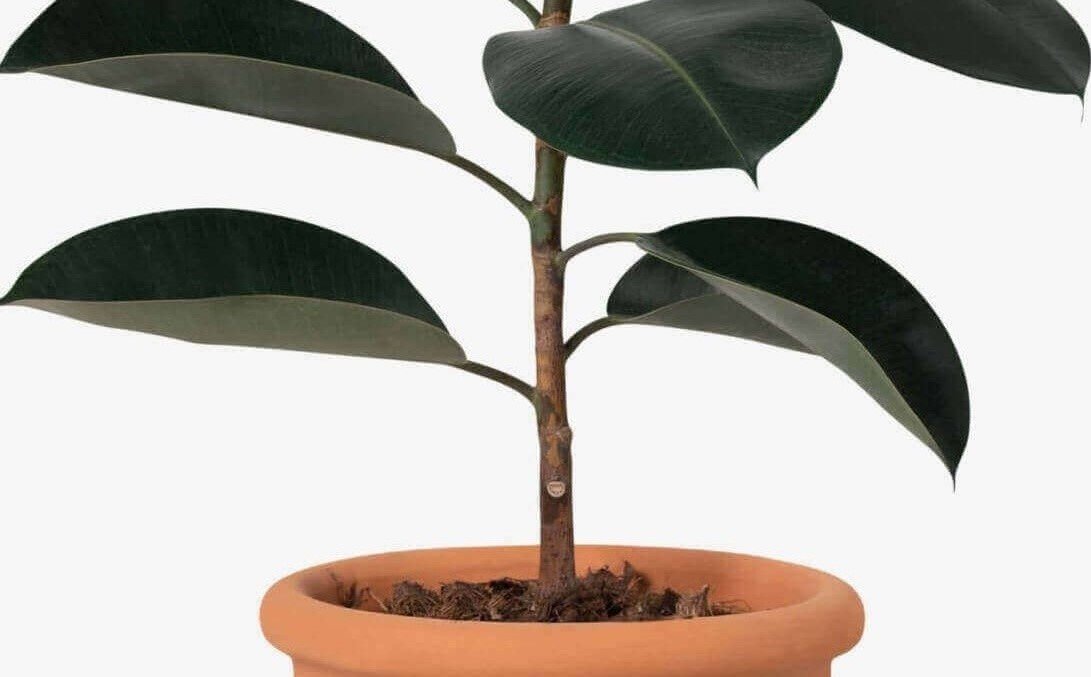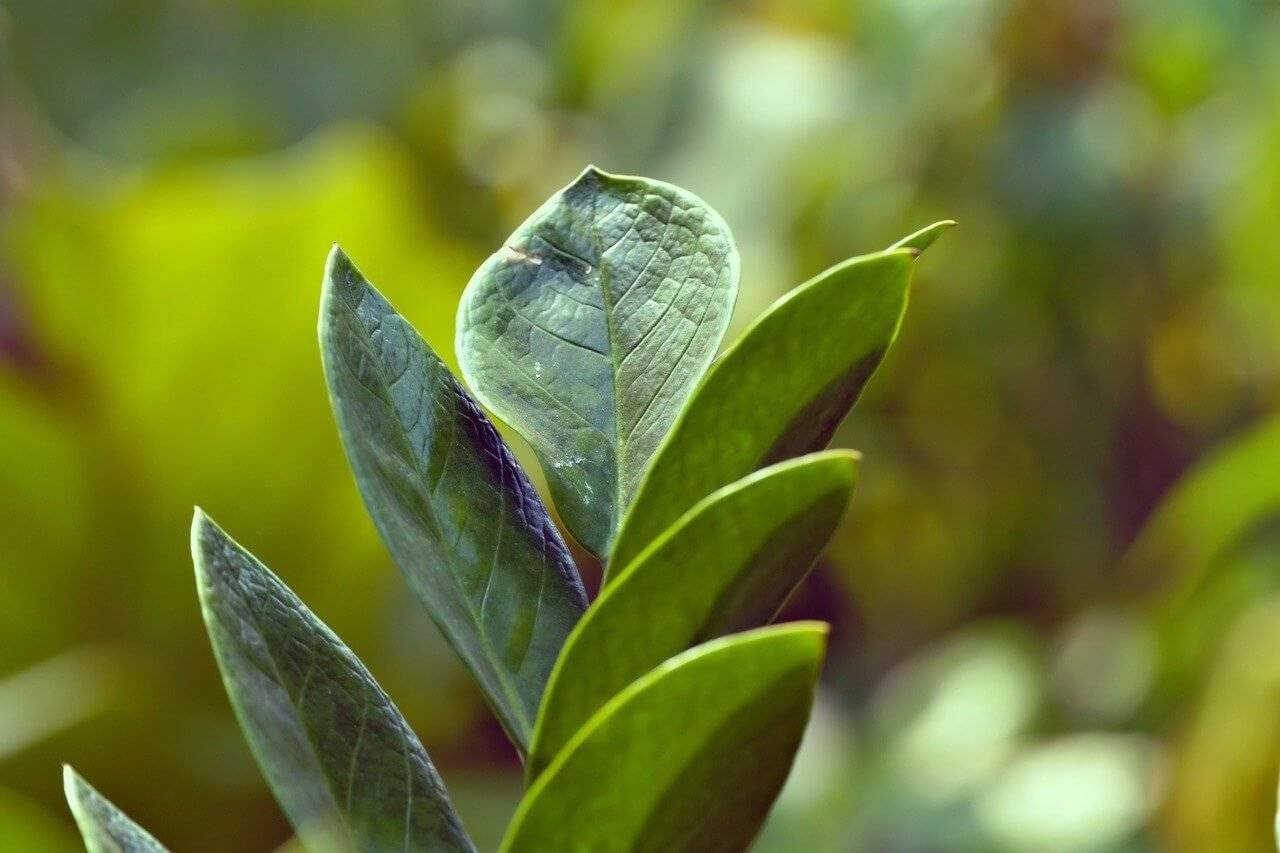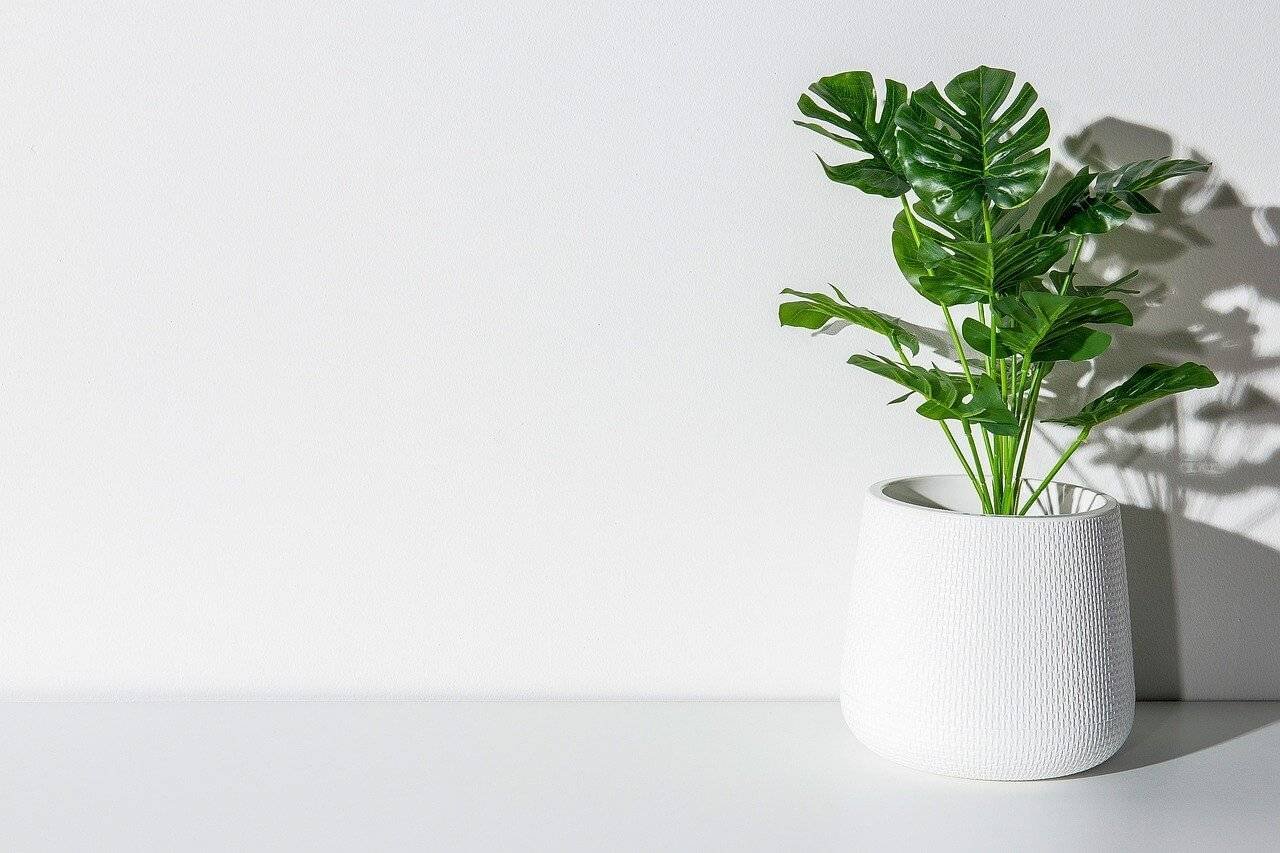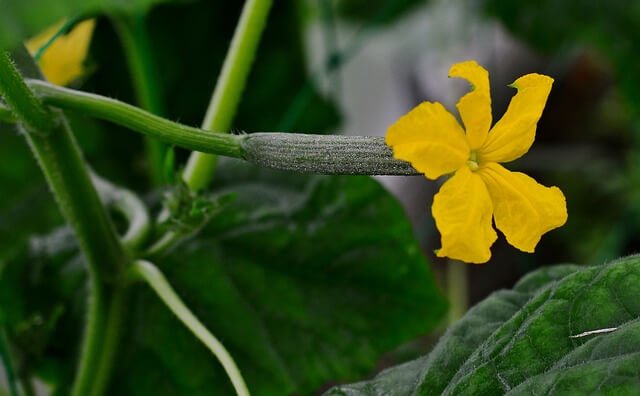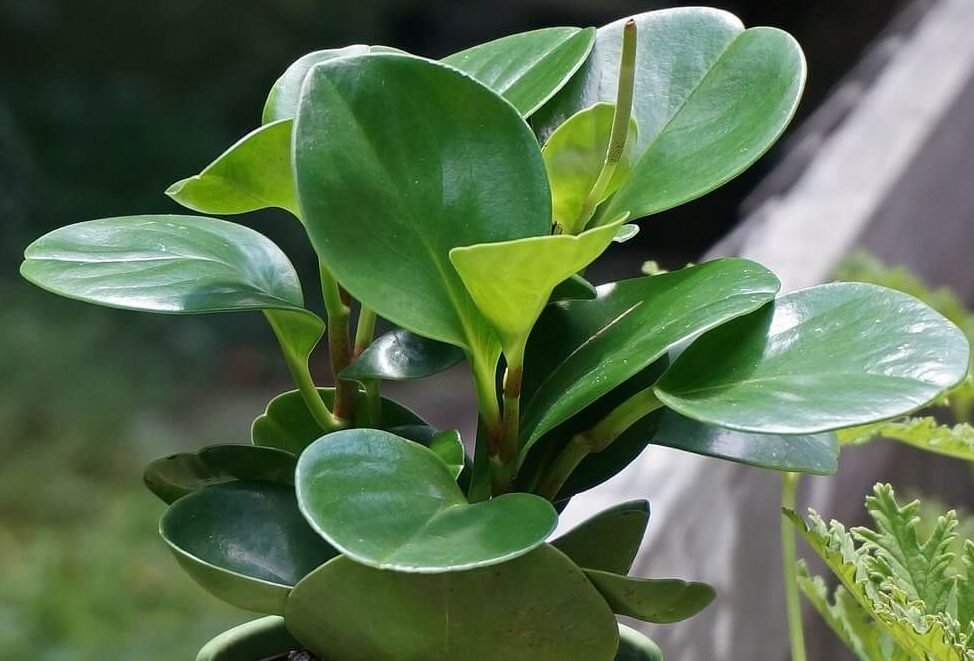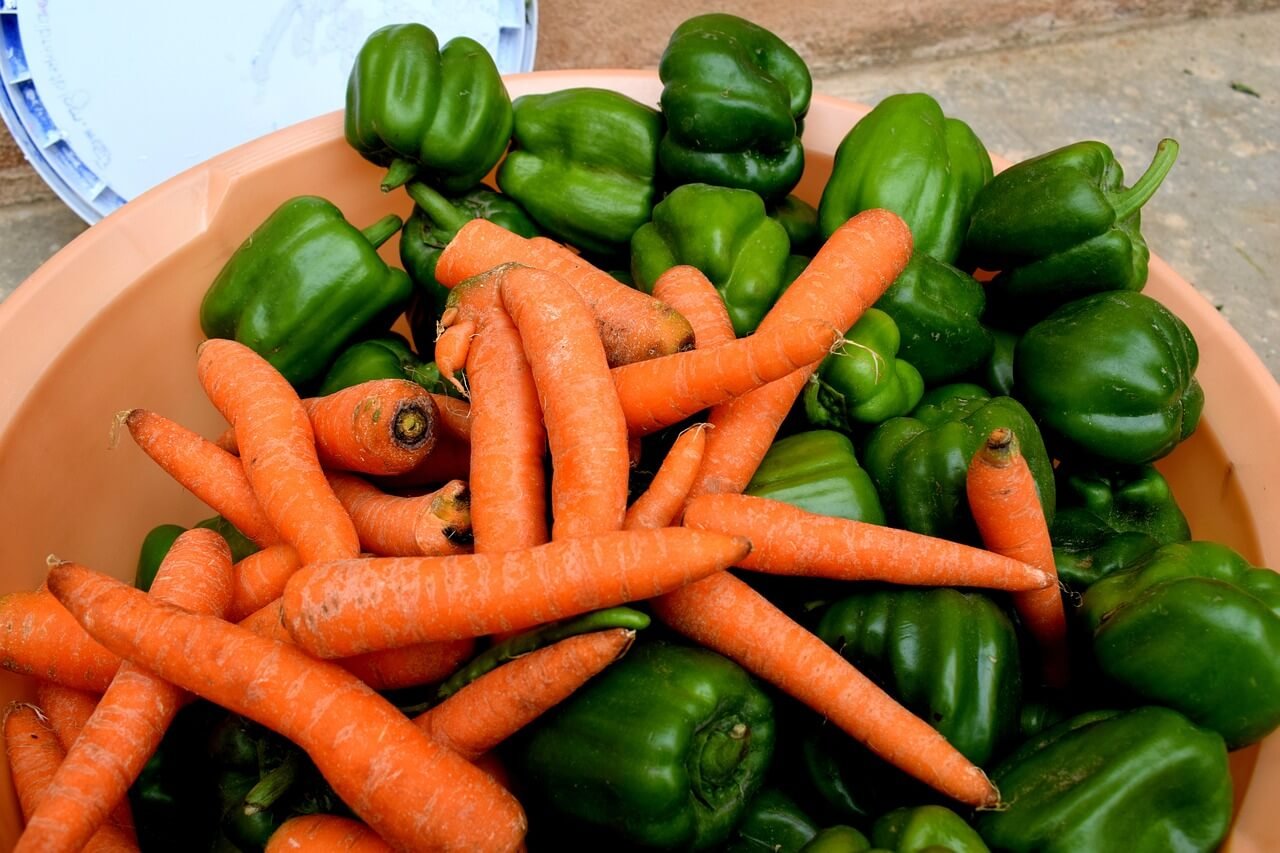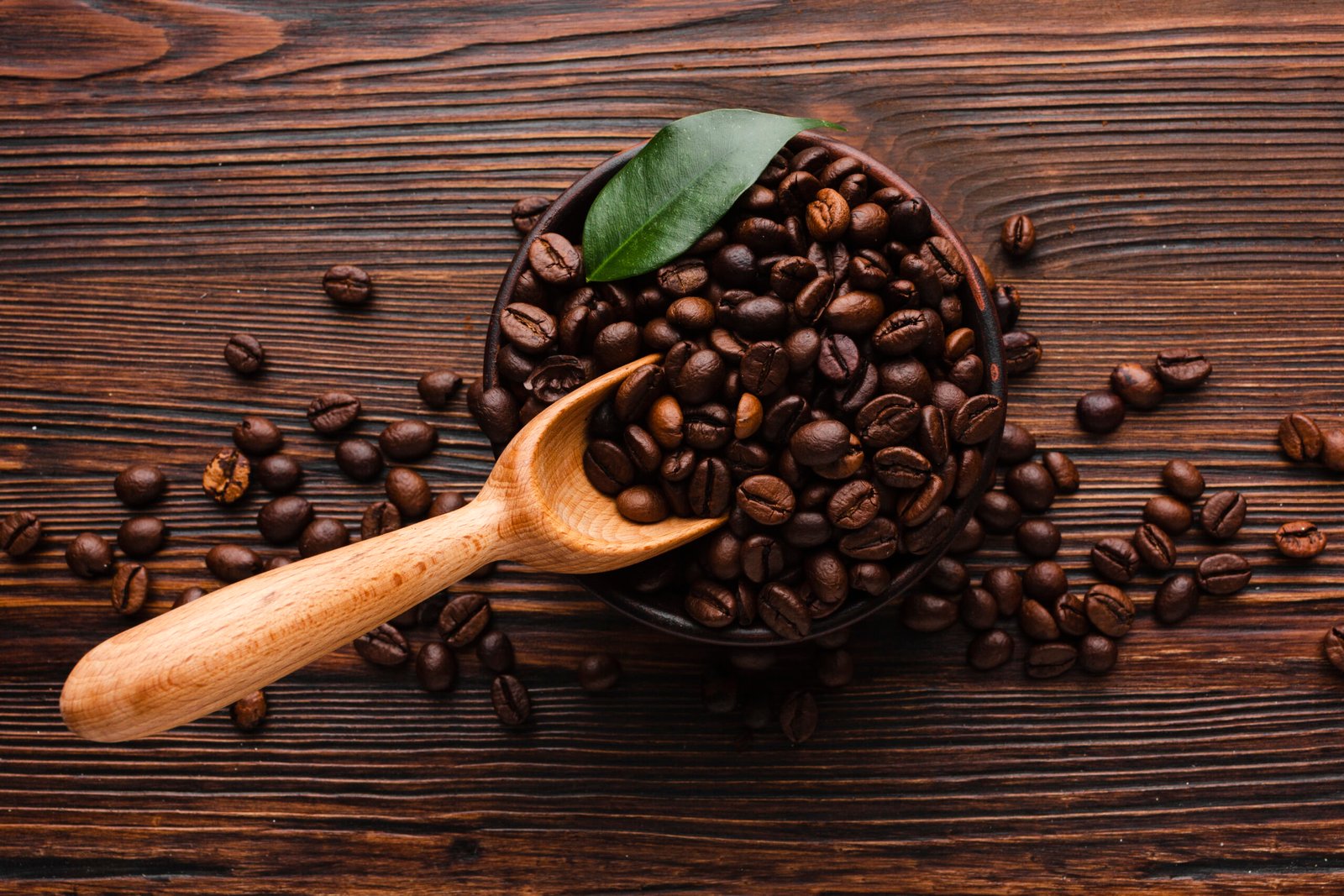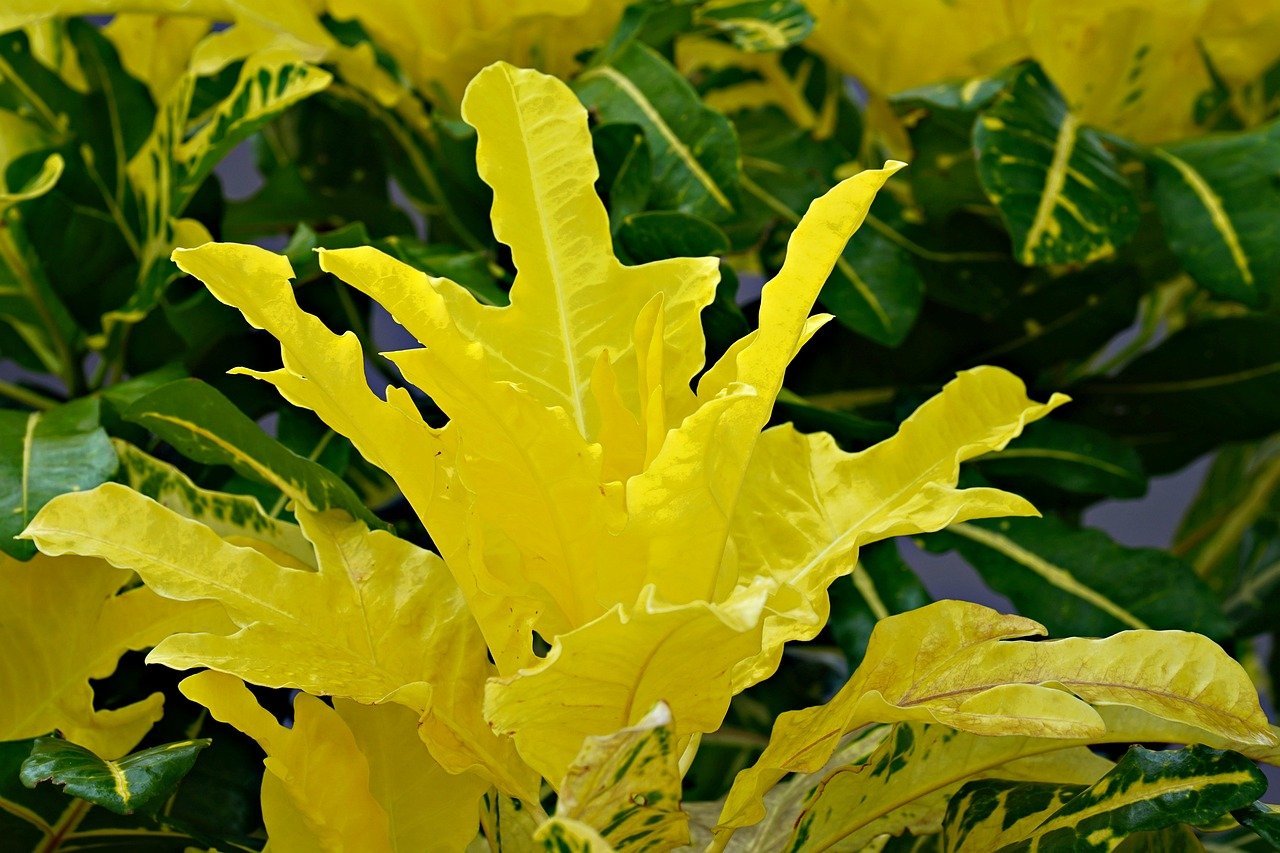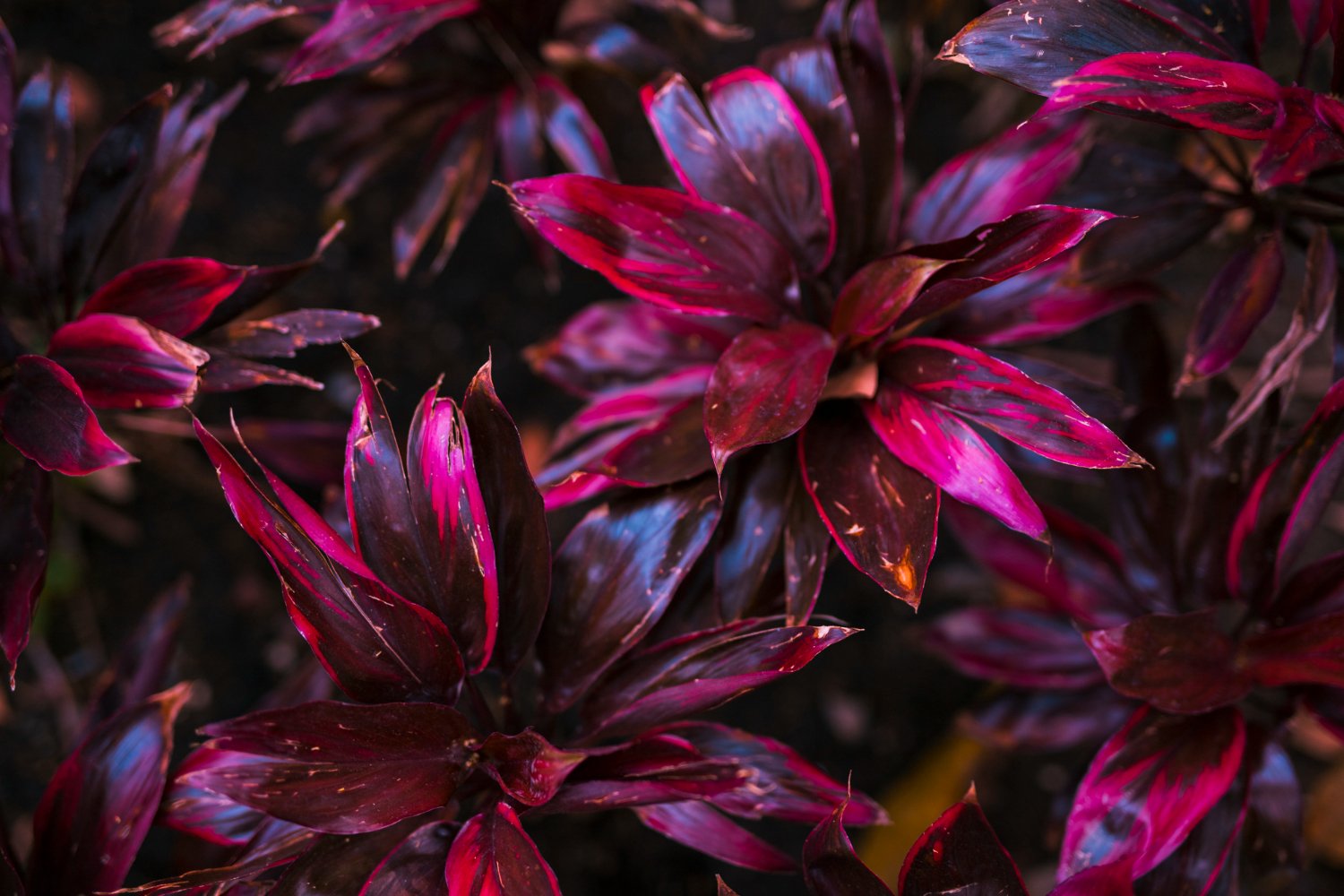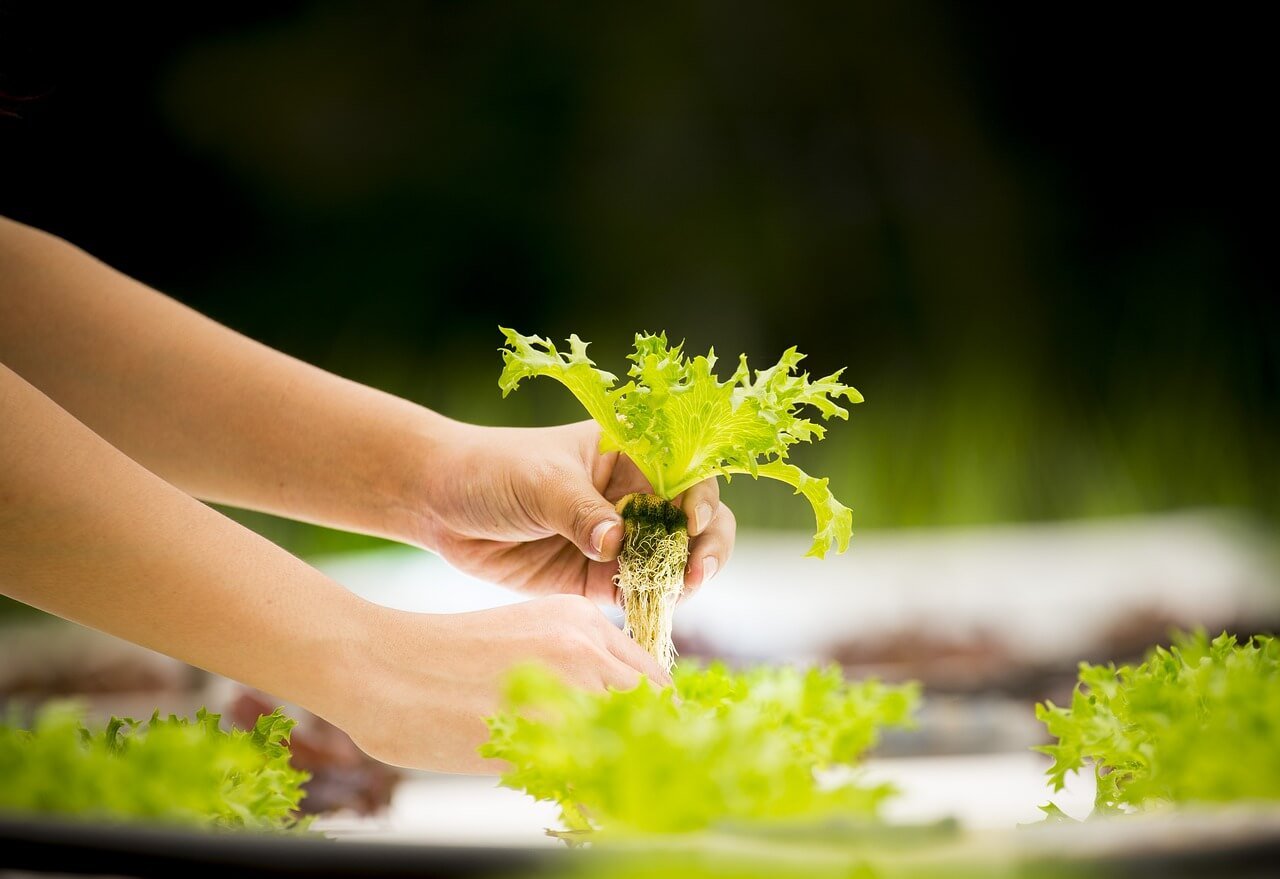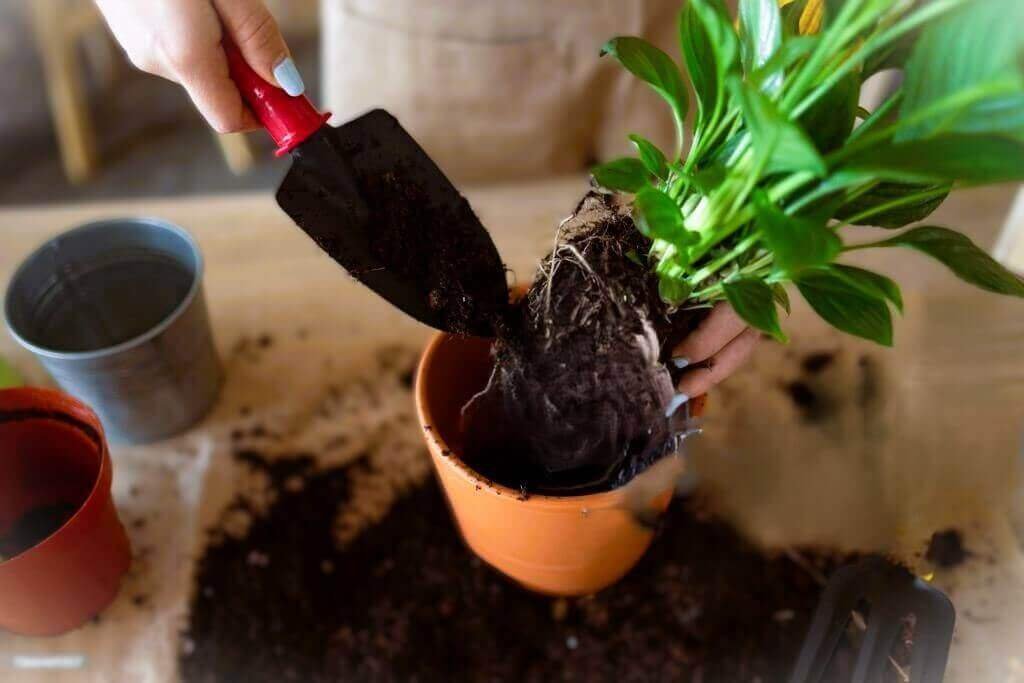

Chinese Money Plant
Coin-leaf Peperomia is an easy-to-care-for, fairly compact indoor plant with succulent-like, heart-shaped leaves. It’s perfect as a tabletop plant since it doesn’t grow any bigger than 50 cm, even in a greenhouse environment. Asiatic perennial herb that is native to Yunnan Province in Southern China at the foot of the Himalayas.
Stunning beauty
The Chinese money plant is a stunning beauty and unique green that effortlessly increases as our indoor plant. very recently It achieved worldwide popularity the biggest obstacle to growing this plant is managing to find one.
Increase new
experienced
To take care of this round-shaped plant I have faced many experiences.which I want to explain sequentially. It
also known as the lefse plant, missionary plant, and UFO plant, Pilea peperomioides is frequently just called “pilea” for short. It is native to the Yunnan Province of China. As legend has it, in 1946 the Norwegian missionary Agnar Espergren brought the plant back home from China and shared cuttings among his friends. To this day, the Chinese money plant is easiest to find in Scandinavia, where it is very popular.
Pilea plant care is relatively minimal. The plants are hardy down to USDA zone 10, which means most gardeners will be growing a Chinese money plant in pots indoors. They like lots of indirect light but do poorly in direct sun. They should be placed near a sunny window, but just out of reach of the sun’s rays. They also like sandy, well-draining soil and should be allowed to dry out between waterings. They need very little feeding but will do well with occasional additions of standard houseplant fertilizer.
Iconic-looking:
One of the more glancing houseplants synonymous with the recent resurgence in houseplant popularity is the Chinese Money Plant (Pilea peperomioides). It is much loved for its almost perfectly round leaves, its speed of growth, and its ability to prolifically reproduce, being a great plant to share with friends and neighbors. UFO plant is a popular houseplant due to its attractive coin-shaped foliage.
Name and Character:
Common Names are the Pancake plant, coin plant, UFO plant, and friendship plant. This Urticaceae Family’s Chinese money plant, whose Botanical Name is Pilea peperomioides. plant types Perennial. Its Mature Size is 12 in tall, 8 to 12 in. wide
Sun Exposure Partial
Soil Type Well-draining
Soil pH Acidic, neutral
Bloom Time Spring
Flower Color White
Native Area China.
It is grown primarily for its unique foliage. Although it can produce small, white flowers throughout the spring months, Pilea peperomioides do not often flower when grown indoors.
Prune :
Prune your Pilea peperomioides to maintain a compact shape and encourage bushier growth. Trim any leggy or overgrown stems using clean, sharp scissors or pruning shears. It’s necessary to remove any yellow or diseased leaves to keep the plant healthy and visually appealing.
Pilea Peperomioides Care
Although this popular houseplant may be difficult to get your hands on, once you have one it is surprisingly easy to care for. Provide your Pilea peperomioides with bright light, semi-regular watering, and some light feeding in the spring and summer months and it will thrive. Plus, Chinese money plants are easy to propagate, and a healthy plant will produce plenty of offshoots which you can separate to create more plants—one of the reasons it is called the friendship plant. Share them with friends, or keep them for yourself. Once you have a pancake plant, you will never need to buy another one!
.Rotate your plant regularly to keep it looking symmetrical. Avoid locations that receive harsh, direct light as it will burn the delicate leaves.
Light:
While this plant can adapt to lower light conditions; it will become leggy, grow fewer offshoots, and the coin-shaped leaves may become smaller. Overall, this plant is the healthiest and most attractive when grown in bright light conditions.
SPlant your Pilea peperomioides in rich, well-draining soil. A high-quality organic potting mix that is peat-based or coir-based is best. Amend the soil with perlite to increase drainage and ensure the soil does not become waterlogged. A soil pH between 6.0-7.0 is best for this plant.
About Author
I am an experienced indoor gardener working happily
and successfully in this sector for about five years.
Thank You

